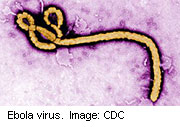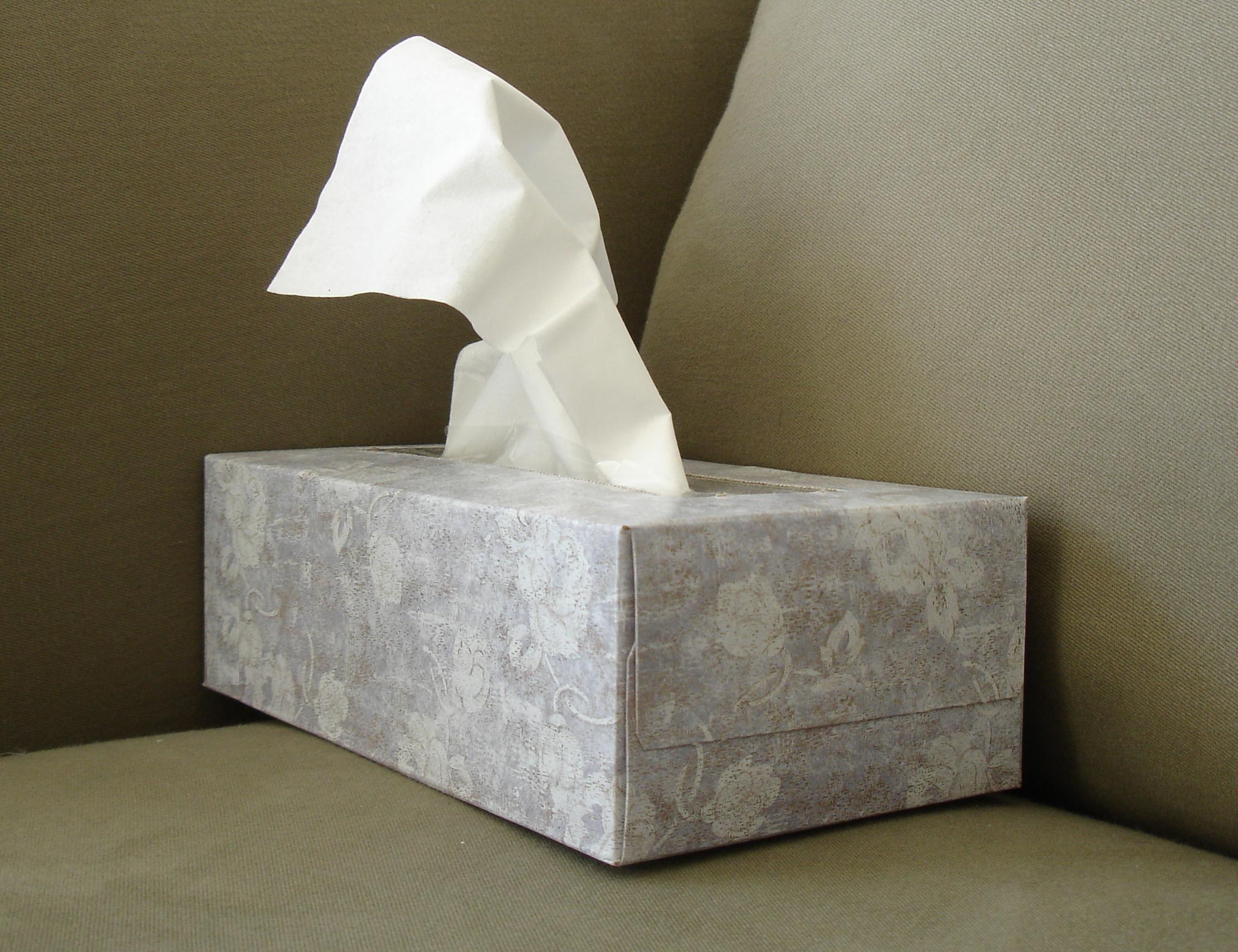
MONDAY, Oct. 27, 2014 (HealthDay News) — Federal health officials issued new guidelines Monday for classifying and monitoring people at risk for Ebola exposure, whether they are returning home from the West African outbreak zone or caring for patients in the United States.
The guidelines establish four levels of risk — “high” risk, “some” risk, “low” risk and “no” risk — and recommend the sorts of restrictions and health monitoring that should accompany each category, Dr. Tom Frieden, director of the Centers for Disease Control and Prevention, said at an afternoon news briefing.
Under the guidelines, people at high risk of Ebola exposure would be confined to their homes in voluntary isolation, while people carrying some risk would have their health and movements monitored by local officials.
Those at high risk or with some risk would have daily in-person check-ups from state and local health departments for 21 days — the outside limit for infection from Ebola. This active monitoring began Monday in the six states where approximately 70 percent of incoming travelers from West Africa are headed — Georgia, Maryland, New Jersey, New York, Pennsylvania and Virginia.
The CDC issued the new guidelines after New York and New Jersey implemented controversial quarantine measures on Friday for medical workers returning from West Africa, then backed off after sharp criticism from much of the U.S. medical community.
Critics of the two states’ proposals said the quarantines would discourage doctors, nurses and other health professionals from traveling to West Africa to combat the epidemic that has infected more than 10,000 people and claimed more than 4,900 lives.
Frieden said the guidelines are more “specific” and “focused” than earlier CDC guidance regarding potential Ebola exposure, and offer “more useful and clear input.”
“We believe these are based on science, and these add a strong level of protection and a strong level of reassurance that someone who is in the some-risk category — such as a returning health care worker — is going to be intensively monitored,” he said.
States aren’t obligated to follow the guidelines, although Frieden noted that most state public health officials weigh CDC guidance heavily in their decisions.
The “high-risk” category includes people known to have been exposed to Ebola, either by direct unprotected contact with a patient’s bodily fluids or through an accident like a needle stick or a splash to the eyes, nose or mouth.
These people would be placed in isolation at home, and barred from public transportation, workplaces or public areas. They would receive in-person daily monitoring by a health official.
Health care workers returning from West Africa would fall within the moderate “some-risk” category if they did not have direct contact with the bodily fluids of an Ebola patient. Also in the “some-risk” category would be someone living in a house with an Ebola patient who didn’t provide direct care to the sick person.
The CDC recommends that “some-risk” people also receive daily in-person monitoring from a local health official who could check for symptoms such as fever. Local health officials also would have the option of determining whether additional restrictions on travel or public activities are warranted on a case-by-case, Frieden said.
However, these restrictions would be much less stringent than the quarantines that New York and New Jersey had attempted to impose.
“We do have to recognize that if we do things that make it very difficult for people to come back [to the United States] — if we turn them into pariahs instead of recognizing the heroic work they are doing — a couple of things may happen that none of us want to happen,” Frieden said. “They may be less likely to disclose their health care worker status, and then we would lose the opportunity to do that direct-active monitoring here that would protect them, their families and their communities. They may be less likely to go help stop it [the Ebola outbreak] at the source in Africa.”
A little less than 100 people a day have been entering the United States from the West African hot zone countries of Guinea, Liberia and Sierra Leone since federal officials implemented entry screening to spot possible Ebola patients, Frieden said. About 5 to 6 percent of those people are health care workers returning from the epidemic.
Hospital employees in the United States caring for Ebola patients here would fall within the “low-risk” category for exposure, as would travelers from the affected West African countries who have not been around any people sick with Ebola.
“U.S. hospitals have a more controlled setting than a field hospital in Africa,” Frieden said. He added that there also are more personnel at American hospitals to help care for patients, which reduces the chance of mistakes or shortcuts that can increase exposure risk.
Most people in the “low-risk” category can be monitored by phone, and they would face no restrictions on public activities or travel, he said.
The guidelines reflect the known science of Ebola transmission, which has found that a person becomes more contagious as they grow sicker but cannot spread the disease if they have no symptoms, Frieden said.
Frieden cited an earlier National Institutes of Health study that tracked 173 household members of 27 patients with Ebola. Researchers found that none of the 78 people who had no direct contact with the patient contracted Ebola, despite living in the same household and sharing meals with the sick person.
More information
For more on Ebola, visit the U.S. Centers for Disease Control and Prevention.
Copyright © 2025 HealthDay. All rights reserved.

